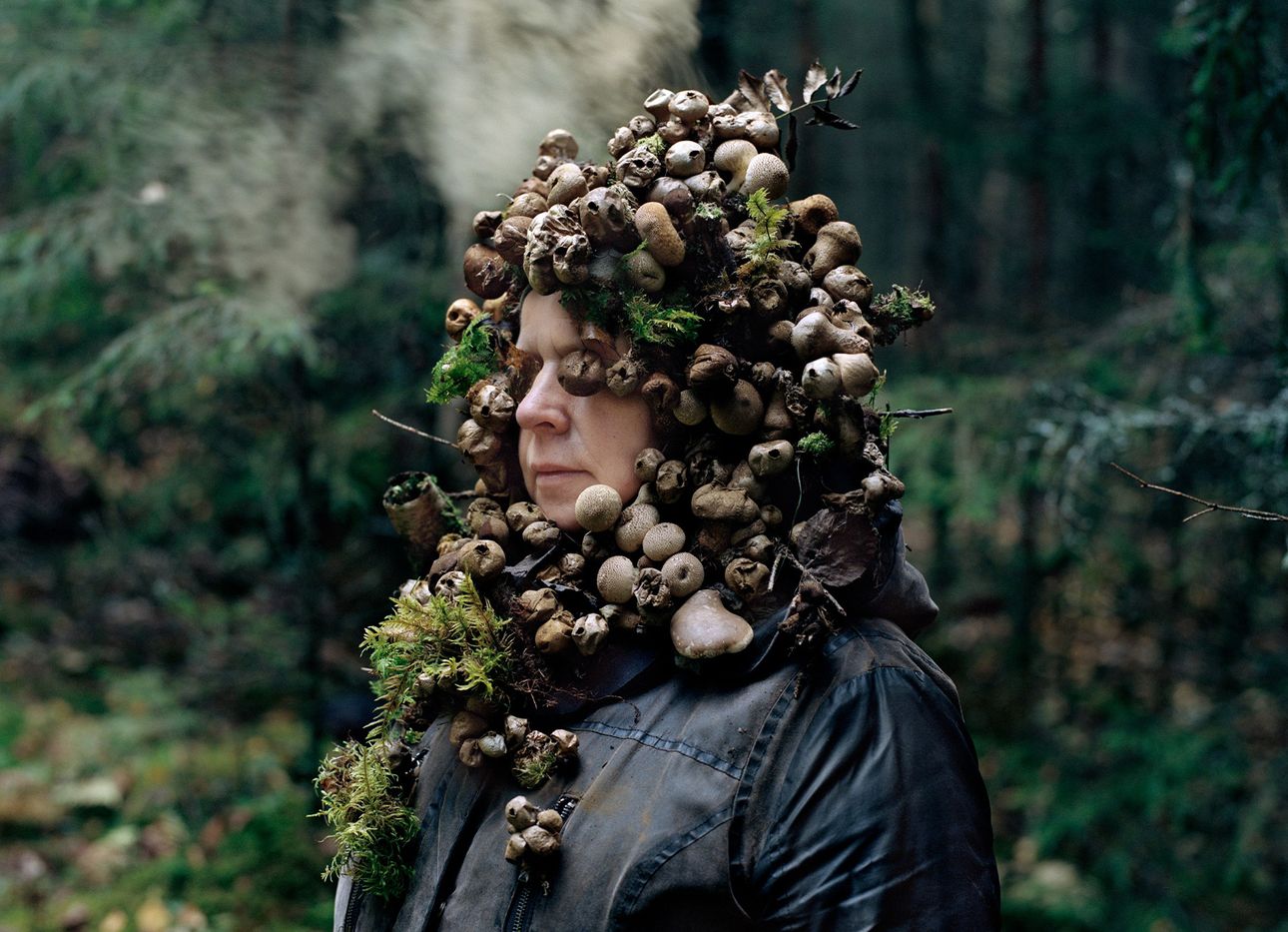
In London, an Exhibition Seeks to Deepen Our Understanding of Interspecies Connection
Think about the last time you felt a sense of awe about the world. Perhaps you were hiking among trees in a lush forest, standing at the foot of a snowcapped mountain, or diving among innumerable fish in the sea. Part of the awe such environments inspire stems from the realization that humans are merely a part of the world’s extraordinary ecosystems—and that maintaining them, in the midst of headline-grabbing wildfires, droughts, and floods, has never been more important.
A new exhibition at London’s Barbican Centre dives into this truth by considering the planet as a shared home, where all species depend on one another to flourish. Titled “Our Time on Earth” (May 5–August 29), the show features work by leading minds from various fields—including architects, artists, activists, designers, ecologists, engineers, scientists, and technologists—that explore how we might reconnect with the species, and the wonder of life, all around us.
Curated by Luke Kemp, the acting co-head of Barbican International Enterprises (or BIE, an arm of the Barbican that develops traveling exhibitions) and guest curators Kate Franklin and Caroline Till, the show will feature 18 immersive and interactive works, including 12 new commissions, from 12 countries. It’s organized into three parts—Belong, Imagine, and Engage—and is mounted in The Curve, a sprawling exhibition space within the institution. (After its run in London, the show will travel to Musée de la civilisation, in Québec City, Canada, which co-produced the project, then embark on a to-be-announced international tour.)
The first section zeroes in on the human connections to other species and the context in which we exist via “Sanctuary of the Unseen Forest,” an immersive video installation created by digital art collective Marshmallow Laser Feast and Andres Roberts, co-founder of the Bio Leadership Project. The Imagine portion envisions a near future of the planet guided by more equitable and inclusive systems. Works by artist Smīkra Wahikwa; architect and sustainability engineer Smith Mordak; film director and architect Liam Young; and anthropologist, environmentalist, activist, and landscape designer Julia Watson (who was the guest on Ep. 35 of our Time Sensitive podcast) survey the layered issues surrounding Indigenous cultures and the history of stolen land. Other highlights include a piece by Colombian biologist Brigitte Baptiste and the Institute of Digital Fashion that examines what people can learn from nature’s gender fluidity, and a project by the Nairobi-based design-build firm Build X Studio, which collaborated with MycoTile—a firm that manufacturers building materials from agricultural waste and mushroom mycelium—that considers how structures might be built in collaboration with nature.
The final part, Engage, profiles people who are working to preserve the planet, as an invitation for viewers to think about how they might get involved. An immersive space by the Keralan architecture firm Wallmakers, for example, offers stories about people who are creating positive environmental change, while a sound-and-light installation by Nathan Prince and Liam Paton of Silent Studios draws on biophilia, the human tendency to seek connections with other forms of life in nature.
The exhibition extends into other areas of the Barbican, too, through activations including “Noise Aquarium,” a 3-D experience of plankton in noise pollution, and “Eyes as Big as Plates,” a series of photographs on the themes of belonging and nature by Finnish Norwegian artist duo Riitta Ikonen and Karoline Hjorth. (Additional exhibition-related programming will be announced on the Barbican’s website soon.)
Kemp, the curator from BIE, deeply understands the weight of the responsibility of art to inspire change. “It is an essential moment for the Barbican to contribute to this urgent issue and showcase how unique collaborations across a range of disciplines can create a vision of hope and possibility,” he said in a statement. “Culture has a key role to play in accelerating the response to the climate emergency. It provides a platform to challenge the way we engage our communities to respond.”